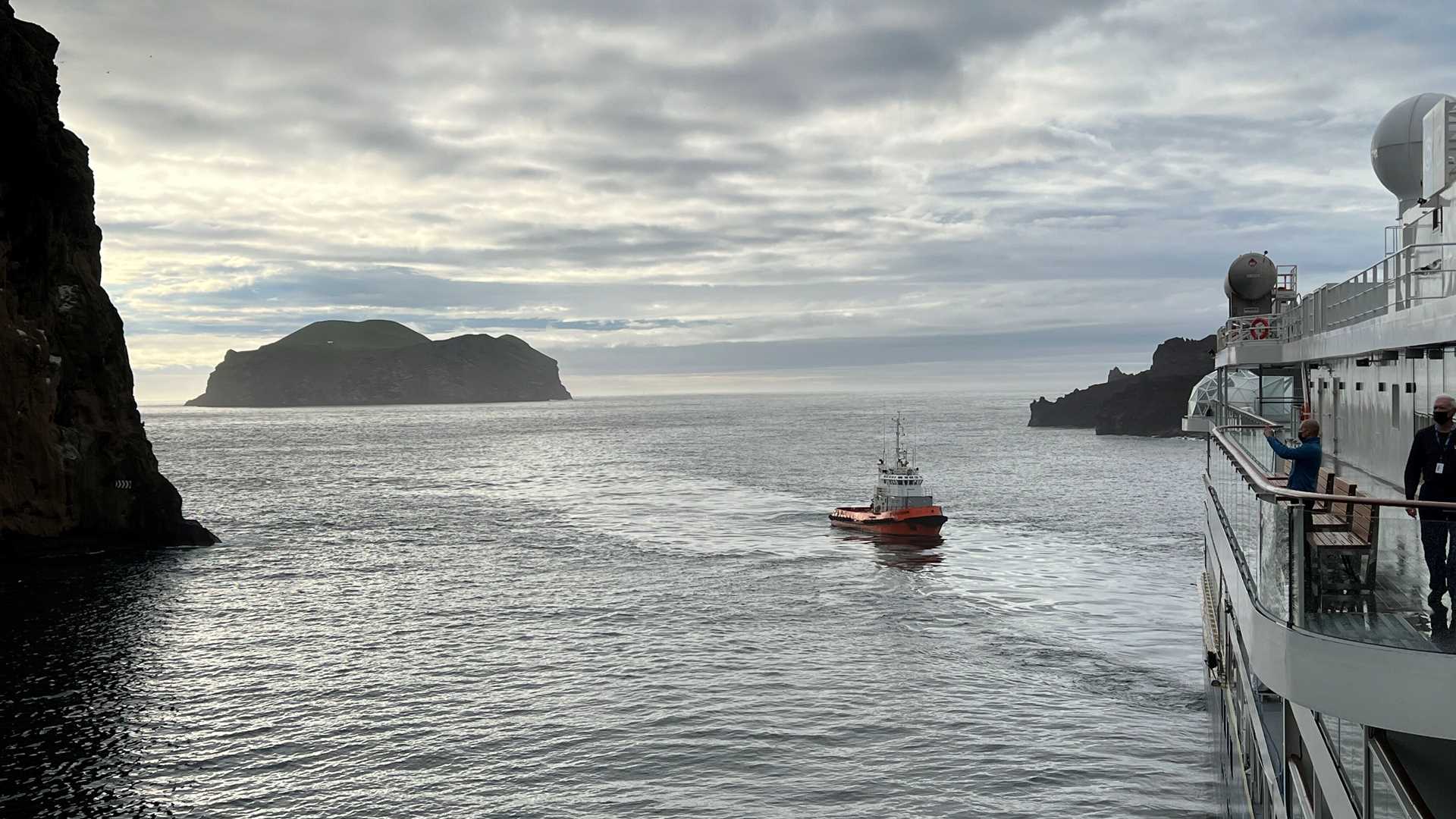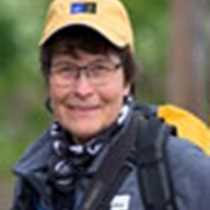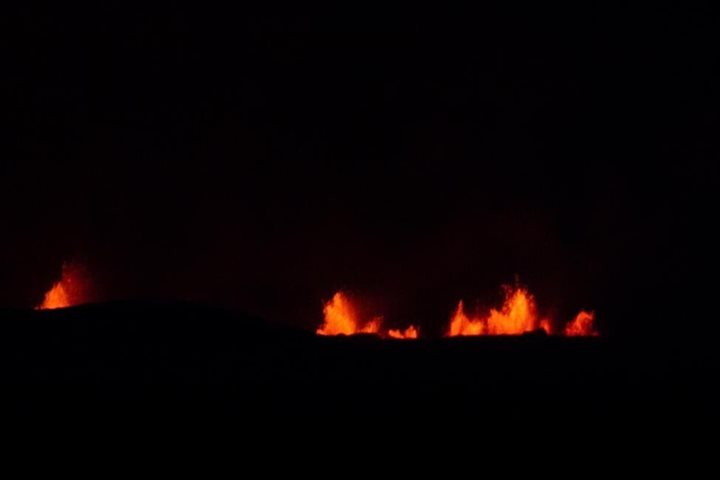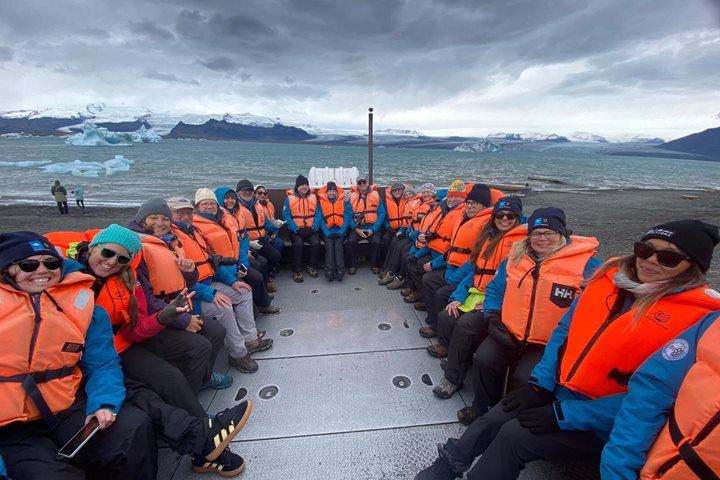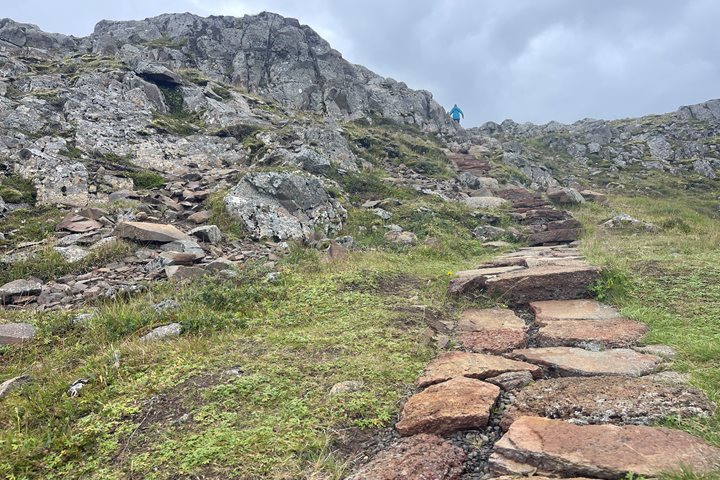What a glorious and bright sunshiny day in the Vestmannæyjar (Westman Islands)! We sailed in early to Heimaey, and with the assistance of a local pilot, Captain Heidi spun the ship in place and expertly backed National Geographic Resolution alongside the dock. From here, we set out on our hikes and tours. The more adventurous among us hiked up Eldfell Volcano while others enjoyed coach tours of this beautiful and geologically very young island. On the tours, we saw volcanoes, puffins, and adventurous mountain-climbing sheep as well as beautiful landscapes and seascapes all around. We all visited the superb Eldheimar (Fire World) Museum that describes the unexpected 1973 eruption of Eldfell Volcano. In the afternoon, we sailed south into Vestmannæyjar and circumnavigated the famous Surtsey for which all volcanic eruptions of its style are now named. We also visited a gannet colony where the cliffs and the air were filled with gannets.
8/23/2024
Read
National Geographic Explorer
Reykjavík, Iceland
After a cracking morning out at sea with some truly impressive waves, we were called up to the lounge by Expedition Leader Leah Eaton, who briefed us on a volcanic eruption that had just started on the Reykjanes peninsula. As the briefing concluded, we could already see the volcanic plume through which we would later sail on our way around the Reykjanes peninsula. We finally reached Reykjavík in the afternoon, where we had our final lounge briefing with our guest slideshow, a presentation on our final volcano plan, and a farewell speech from Captain Peik Aalto. After an early dinner, we mounted a trio of busses that carried us out onto the Reykjanes peninsula to an abandoned airstrip. From there we could already see the spectacular eruption very clearly, but to get a better look, we made our way onto some of the old storage bunkers which lined the airstrip. This gave us a view of the eruption in all its glory, with smoke billowing into the sky from the two-kilometer-long fissure, and also a number of smaller fires. It was a truly wonderous ending to an already incredible expedition.

